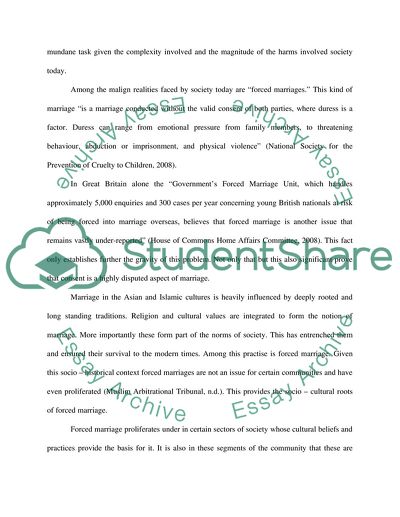Cite this document
(“The Forced Marriage Legislation in the UK Research Paper - 1”, n.d.)
The Forced Marriage Legislation in the UK Research Paper - 1. Retrieved from https://studentshare.org/social-science/1747797-law-llb-family-law
The Forced Marriage Legislation in the UK Research Paper - 1. Retrieved from https://studentshare.org/social-science/1747797-law-llb-family-law
(The Forced Marriage Legislation in the UK Research Paper - 1)
The Forced Marriage Legislation in the UK Research Paper - 1. https://studentshare.org/social-science/1747797-law-llb-family-law.
The Forced Marriage Legislation in the UK Research Paper - 1. https://studentshare.org/social-science/1747797-law-llb-family-law.
“The Forced Marriage Legislation in the UK Research Paper - 1”, n.d. https://studentshare.org/social-science/1747797-law-llb-family-law.


